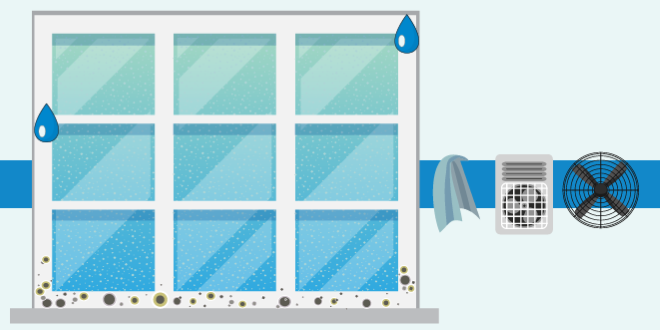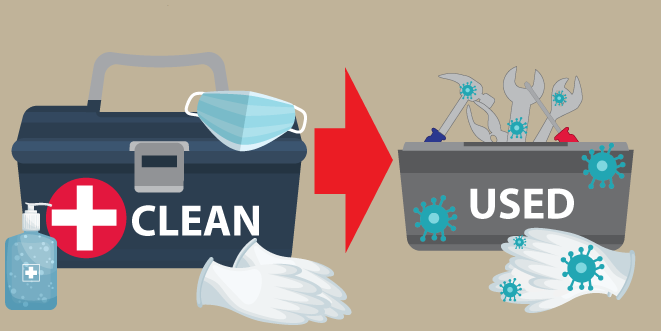Managing Moisture on Windows
Understanding Why Mold Grows, Where Mold Grows, and What to Do About It
Managing Moisture on Windows
Anytime there is a drastic temperature difference between inside and outside, condensation will form on windows. If the moisture is not dealt with properly, it can cause mold and mildew to grow. To help avoid this issue, share these tips with residents:
- Wipe down the windows with a dry towel to remove the condensation. Do NOT leave the towel on the window sill to collect excess moisture, as this can cause even greater problems.
- If the unit has a dehumidifier, run it.
- Increase circulation to help remove moisture
- Run bathroom fans for 15 minutes every hour
- Open windows ¼ inch during the day (and supply inexpensive window locks for security)
- Pull open curtains and/or twirl open blinds during the day so air can circulate in the air pocket between the covering and the window.

Understanding Mold
To grow, mold needs moisture and organic materials.
A problem can develop in as little as 24-48 Hours.

Bleach will remove surface mold on non-porous surfaces (i.e. metal window frames) but bleach does not remove the roots of the mold on a porous surface (like wood sills or caulk). When the roots remain, over time the mold can re-grow.

Treat and prevent mold with proper chemicals, such as the Mold Stat system available through Chadwell Supply.
If a stain remains, seal it before caulking or painting, but only AFTER the mold has been properly remediated.





